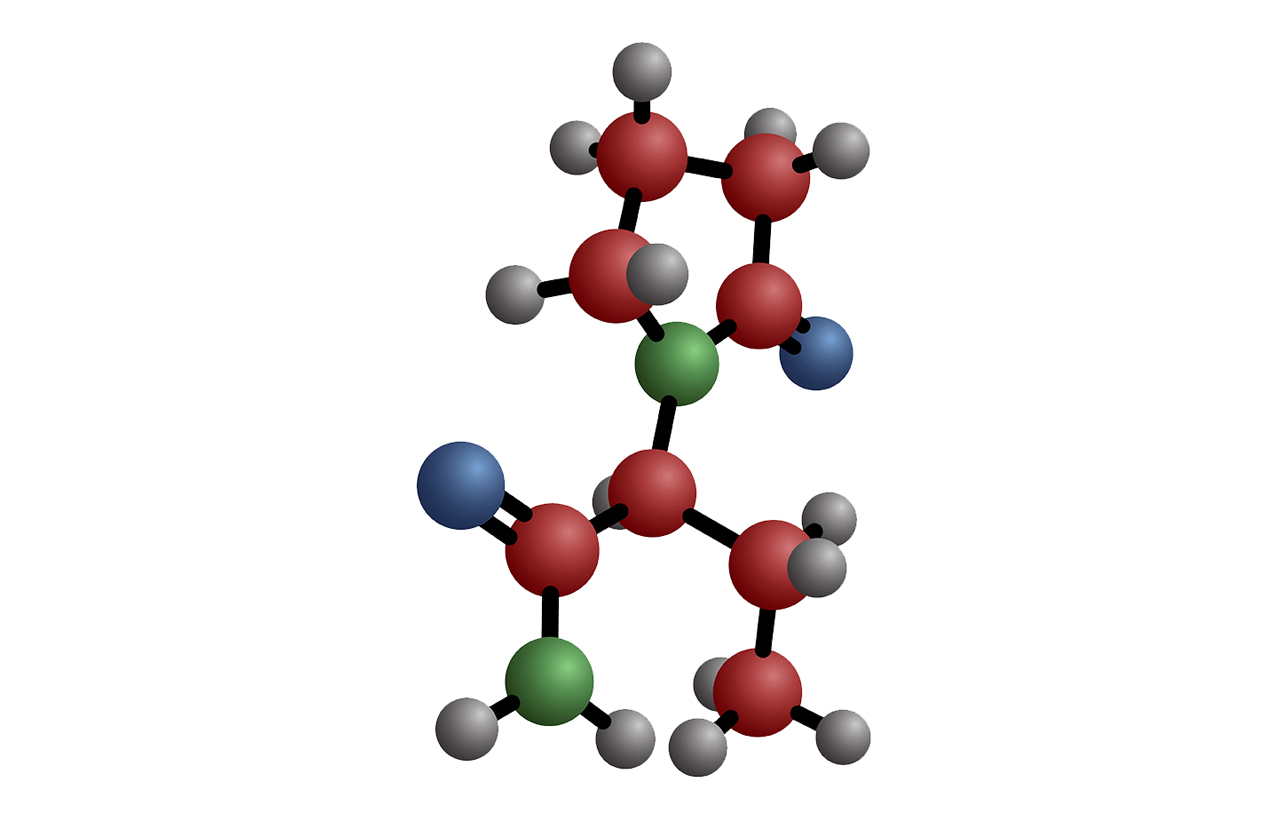Corey Diamond, PharmD

Levetiracetam has emerged as a favored choice for severe seizures due to its favorable profile, minimal adverse effects, few drug interactions, and lack of a necessity for therapeutic drug monitoring. Recent studies indicate the safety and tolerability of the rapid, undiluted administration of levetiracetam in adults, but the evidence for pediatric patients remains scarce.
Researchers of a retrospective cohort study published December 2023 in Pharmacotherapy sought to evaluate the safety and tolerability of undiluted levetiracetam administration. The researchers found that undiluted levetiracetam, when administered at high doses (up to 4,500 mg over 5 minutes) to pediatric patients, did not show a higher occurrence of adverse effects compared to its diluted counterpart.
Design
Price and colleagues conducted a retrospective cohort analysis at the Cincinnati Children’s Hospital Medical Center, a 622-bed academic institution. Their final analysis included charting data of over 250 pediatrics patients who were administered over 350 doses of levetiracetam from May 6, 2020, to July 31, 2022. The median age of the patients included in the study was 2 years old, ranging from 1 day to 32 years old. The average patient weight was 20.1 kg in both groups. Levetiracetam was used most for status epilepticus and acute seizures. The study included undiluted doses of 60 mg/kg, up to a maximum of 4,500 mg.
The primary outcome of the study was a composite of incidences of hemodynamic disturbances and infusion-related reactions in the undiluted versus the diluted levetiracetam group. Hemodynamic disturbances were defined as incidences of hypotension and bradycardia.
Hypotension was defined as a mean arterial pressure of less than the gestational age in neonates born earlier than 37 weeks; systolic BP of less than 60 mm Hg in neonates born at 37 weeks or later; less than 70 mm Hg in infants or children aged 1 to 10 years; and less than 90 mm Hg in children older than 10 years.
Bradycardia was defined as a heart rate of less than 100 bpm for infants and children up to 3 years old, less than 60 bpm in children aged 3 to 10 years, and less than 50 bpm in children older than 10 years. Infusion related reactions included extravasation, infiltration, phlebitis, loss of I.V. access, occlusion, or line complications.
Outcomes
Ultimately, the researchers found no significant differences in the occurrences of hemodynamic disturbances or infusion related reactions between the undiluted (24.6%) and diluted (26.3%) levetiracetam group.
Additionally, in order to compare the timeliness of antiseizure medication delivery, the authors measured the time between first-line antiseizure medication and second-line antiseizure medication when levetiracetam was used as a second-line agent in status epilepticus patients. The analysis revealed that the median time to levetiracetam administration after first-line agent failure was 18 minutes in the undiluted group versus 36.5 minutes in the diluted group. This difference was statistically significant.
Lastly, the authors found that diluted levetiracetam lead to significantly more waste and drug cost per year. The authors estimated that the diluted group cost their hospital an average of over $16,000 per year versus less than $300 per year in the undiluted group.
Relevance
“Our study is the only retrospective study that evaluated the safety and tolerability of undiluted levetiracetam in pediatric patients and adds to the minimal available literature that evaluated full rescue doses needed in status epilepticus, up to 4,500 mg,” stated the authors. “Our results support the findings of other retrospective studies that demonstrated undiluted levetiracetam is well tolerated and safe when given faster than the recommended package labeling.”
The authors cautioned that the administration of levetiracetam in diluted form carries the risk of safety obstacles, such as crucial delays in therapy administration, at elevated doses. Additionally, there is a possibility of medication administration errors occurring when dispensing volumes of diluted levetiracetam, particularly those exceeding 300 mL within a 5-minute timeframe. “Undiluted levetiracetam vials stored in automated dispensing cabinets allows for rapid availability throughout the hospital with little manipulation regarding preparation and administration,” wrote the authors. ■